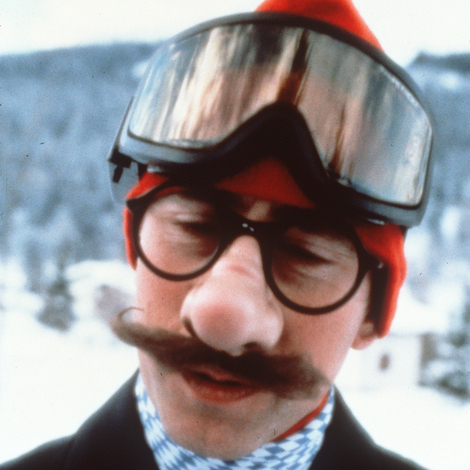Eugène Grasset, Georges Callot, Charles Desrosiers, Pierre-George Deraisme, and Charles Jacqueau are among the least-known names in the world of fine jewelry. Yet these men, over a 100-year period that began in the mid–19th century, designed some of the most beautiful and important jewelry produced in the best Paris maisons—think Cartier, Boucheron, Vever. Their relative anonymity derives from the open secret essential to the identity and heritage of these greats: only the house name is stamped on jewelry, not that of the designer. This is hardly unique to France, though as the historical locus of jewelry since the reign of Louis XIV, the tradition of the anonymous designer began here.

Happily, that will change with the exhibition that just opened at the Petit Palais, in Paris, “Jewelry Designs: Secrets of the Creation.” Indeed, secrets is the operative word, applied not only to these gifted designers but to the Petit Palais, whose collection of some 5,600 jewelry sketches and gouache renderings is barely known, even to specialists. (A significant 1998 donation from the daughters of the Cartier designer Charles Jacqueau forms the core of the collection.)
As Clara Rocha, curator of the exhibition, says, “Maybe we get two requests a year to see the archive.” Recognition is overdue.
The exhibition, featuring about 235 sketches and gouache renderings plus 115 pieces of jewelry and other related objects, is a quiet but persuasive master class in the art of making jewelry. Instead of admiring or longing to possess the glistening gem, our gaze rests on the drawing itself, the essence of creation.

It is the right place to begin. A drawing of a piece of jewelry is not simply the rendering of a bracelet, for example; it must express the design voice of the house—its heritage, its expertise, its reputation. Eugene Grasset for Vever Frères and Charles Desrosiers for Georges Fouquet, the poet-artists in the early years of the 20th century, designed pieces we covet today. A drawing by René Lalique depicting a brooch of stylized cornflowers, circa 1904, shows us the artist’s signature embrace of Art Nouveau, with its emphasis on nature. And when Charles Jacqueau, the head designer at Cartier from 1909 until his retirement, in 1954, directs the house into its ascendance as the indisputable leader of Art Deco, we see him making history using pen and ink and watercolor.
Without question, the star of the museum’s archive and exhibition is Jacqueau, known as “the Picasso of jewelry design.” He could do everything and drew inspiration from everywhere: museums (from the Louvre to the Hermitage, in St. Petersburg), the Ballets Russes, the arts of Africa and Asia and India, and especially the natural world. (He was also known as “Jacqueau la fleur.”) Cartier and panthers are long allied, but how many people know that the first iteration was a peau de panthère (panther skin) brooch pendant designed by Jacqueau, circa 1913?

What we learn from this exhibition, organized by the Petit Palais, is plenty. We see why a drawing is the unique road map for the eventual jewel, a journey that will involve the owners, the model makers, the bench jewelers and setters, and, yes, even the accountants. It is an intense collaboration that is largely unchanged over hundreds of years, including today.
Until this exhibition, the excellence of these many designers has been muted over history. Finally, they get to take a proverbial bow as the stars of our bejeweled world.
“Jewelry Designs: Secrets of the Creation” is on at the Petit Palais, in Paris, until July 20
Ruth Peltason is a New York–based editor, writer, and jewelry authority. Her latest books, The Art of David Webb and Solange: Jewellery for Chromantics, were both published by Rizzoli


